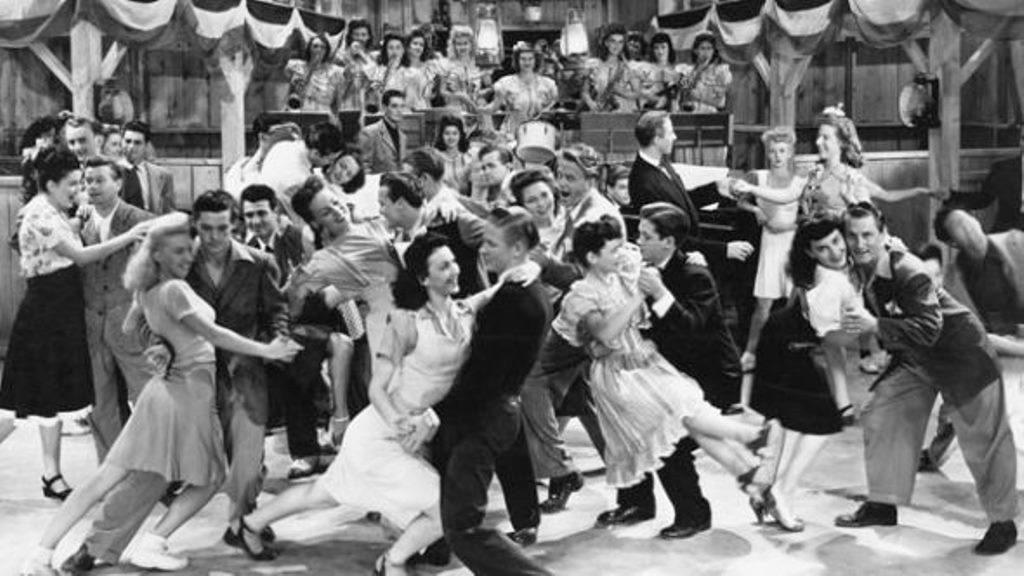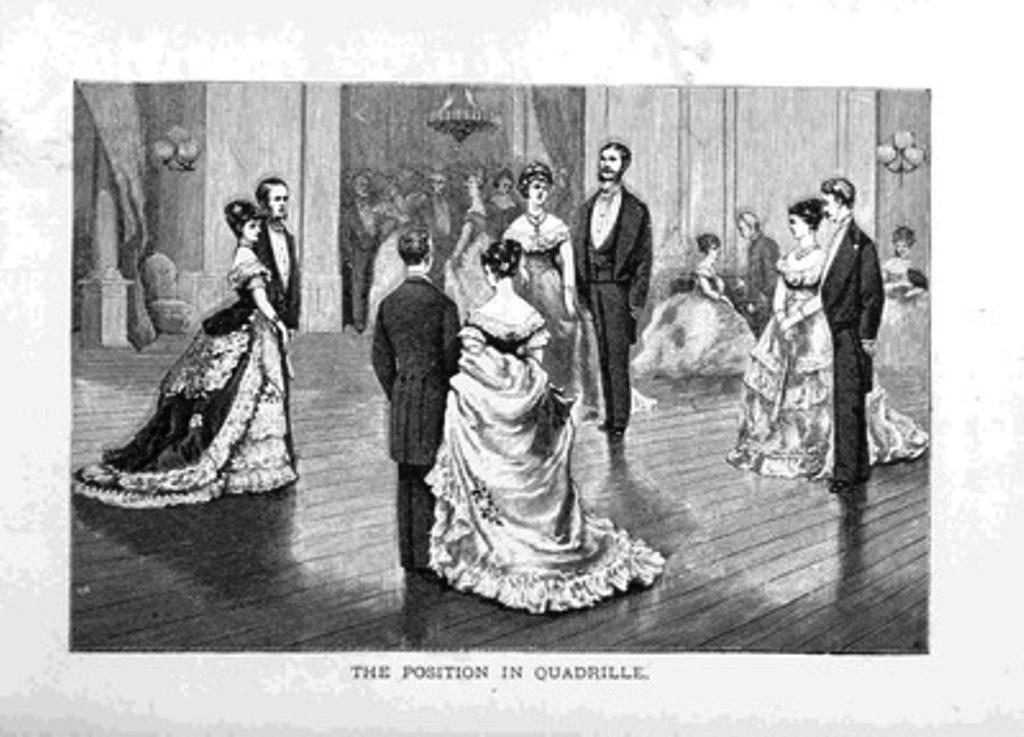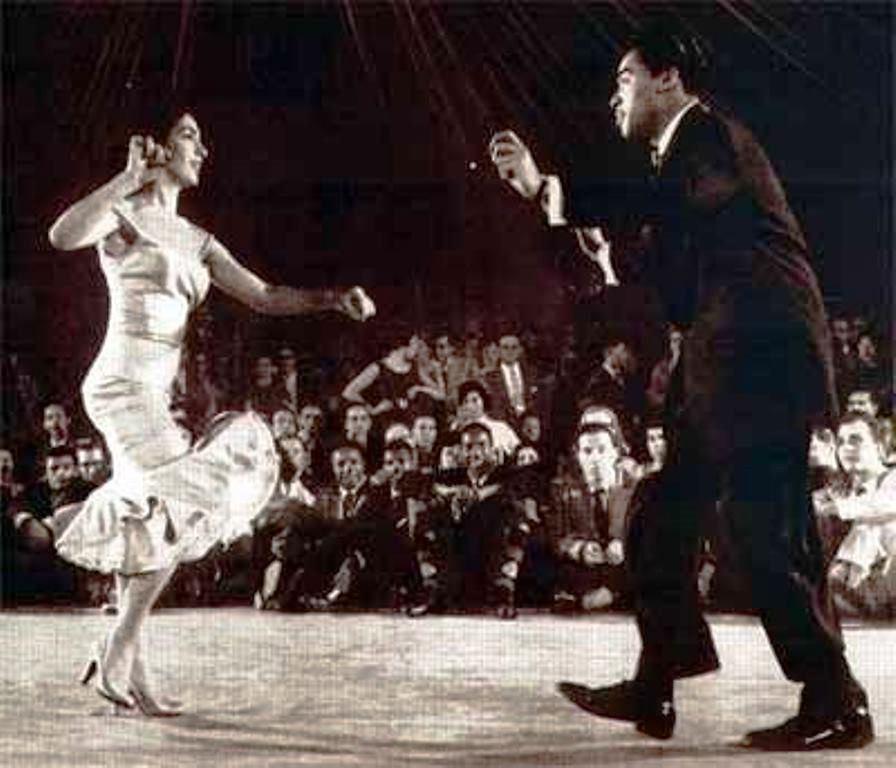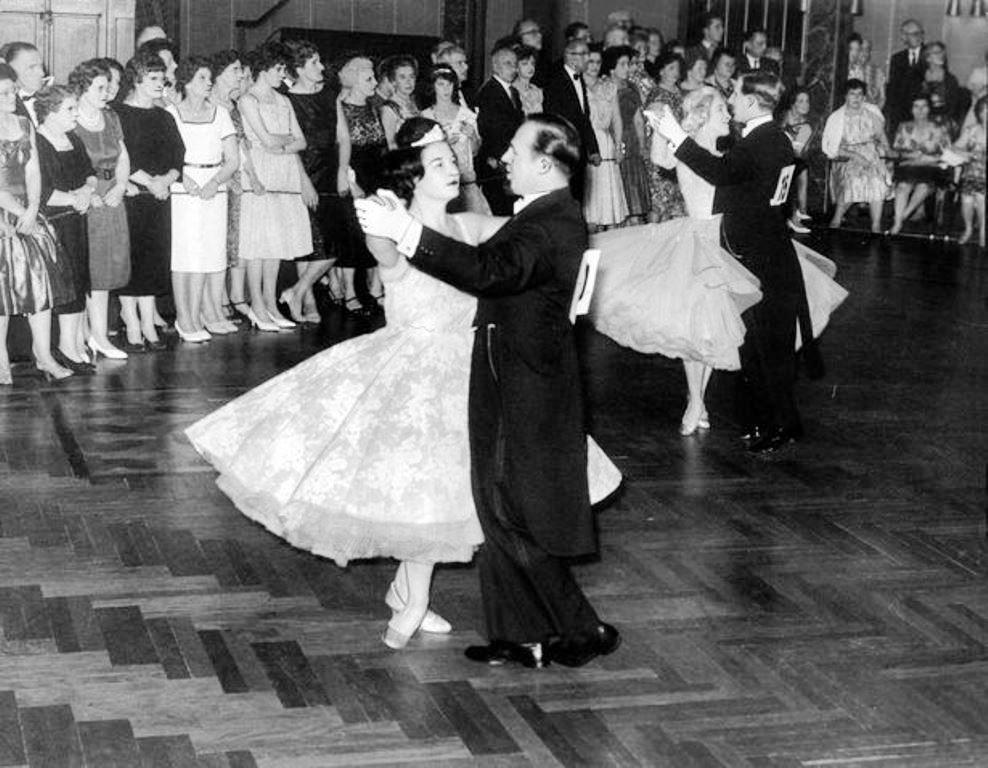
1. Introduction to the History of Ballroom Dance in the UK
Introduction to the History of Ballroom Dance in the UK
Ballroom dance has been a part of British culture for centuries, and has been a major influence on the development of dance in the UK. From the court dances of the Elizabethan era to the modern Latin and Ballroom styles of today, the UK has a long and rich heritage of ballroom dance.
The earliest records of ballroom dancing in the UK date back to the 16th century, when court dances such as the Pavane, Galliard and Allemande were performed in the royal courts of Elizabeth I. These dances were often accompanied by music, and were used to demonstrate the courtly manners of the nobility.
In the 18th century, the popularity of ballroom dancing spread from the court to the general public, and it became a popular form of entertainment for aristocrats and the middle classes alike. During this period, the Waltz and Polka were introduced to the UK, and these dances quickly became popular throughout the country.
The 19th century saw the development of a number of new ballroom dances, such as the Quadrille, the Schottische and the Mazurka. These dances were often performed in the grand ballrooms of the aristocracy, and were popular amongst the upper classes.
In the 20th century, ballroom dance became more accessible to the general public, with the introduction of ballroom dance classes and competitions. The modern Latin and Ballroom styles, such as the Cha Cha, Rumba and Paso Doble, were developed in the UK during this period, and these dances are now popular across the world.
Today, ballroom dancing is still a popular form of entertainment in the UK, and is enjoyed by people of all ages and backgrounds. Whether you are looking to take part in a competition or just have some fun with friends, ballroom dance is sure to provide an enjoyable experience.
2. Early Beginnings of Ballroom Dance in the UK
Early Beginnings of Ballroom Dance in the UK
The earliest record of ballroom dancing in the UK dates back to the 16th century, when it was performed in the courts of the Tudor monarchs. During this period, the dances were often performed in a circular formation, and the steps were based on the popular European dances of the time.
The first formal ballroom dance in Britain was the minuet, which was introduced to the court of Charles II in 1660. This dance was performed in a line and was based on the French court style of the time. The minuet was often accompanied by a violin and was performed by couples in a slow and graceful manner.
In the late 18th century, the quadrille was introduced to the British court. This dance was based on the French quadrille and was performed in a square formation. The steps of the quadrille were more complex than those of the minuet, and it was often accompanied by a string quartet.
The 19th century saw the introduction of the waltz to the British court. The waltz was based on the German dance of the same name and was performed in a circular formation. The waltz was more popular than the minuet and quadrille and was often accompanied by a full orchestra.
Victorian Ballroom Dancing
By the mid-19th century, the popularity of ballroom dancing had grown significantly in the UK. During this period, the Victorian era saw the introduction of many new dances, including the polka, the polonaise, and the mazurka. These dances were all based on the German and Polish court dances of the time, and they were performed in a line, with couples dancing in a fast and lively manner.
At the same time, the Victorian era also saw the introduction of the foxtrot, which was based on the American dance of the same name. The foxtrot was performed in a line and was characterized by its slow and graceful steps.
By the end of the 19th century, ballroom dancing had become an important part of British culture. It was performed in the courts of the aristocracy and in the homes of the middle classes. As the popularity of ballroom dancing grew, so did the number of dance schools and professional dancers.
3. Influence of the Victorian Era on Ballroom Dance in the UK
Influence of the Victorian Era on Ballroom Dance in the UK
The Victorian era saw a huge surge in the popularity of ballroom dancing in the UK. It was during this period that the ‘quadrilles’ and ‘cotillions’ – the two most popular forms of ballroom dancing at the time – were introduced to the British public. Quadrilles were a type of dance that involved four couples arranged in a square formation and cotillions were a more complex form of dance that involved intricate footwork and changing partners.
The Victorians were also responsible for the introduction of the waltz, which was the first dance to be performed in a closed embrace. This meant that the two dancers were held in a close embrace, rather than the traditional open embrace seen in other forms of ballroom dance. The waltz quickly became popular and was seen as a symbol of sophistication and refinement.
The Rise of the Social Dance Hall
The Victorian era also saw the rise of the social dance hall, which was a place where people could go to learn and practice ballroom dancing. These social dance halls were often held in large, well-lit rooms with a live band or orchestra playing music. They were often frequented by the upper classes, who were keen to show off their dancing skills and socialise with others.
The social dance hall was also a place for people to meet and form relationships. It was during this period that the idea of ‘courting’ emerged, which was the process of two people getting to know each other with the intention of forming a romantic relationship. This was often done through ballroom dancing, which allowed the two people to get to know each other in a more intimate setting.
The Legacy of the Victorian Era
The Victorian era had a huge influence on the development of ballroom dancing in the UK. It was during this period that the popularity of ballroom dancing grew exponentially, with social dance halls springing up across the country. The waltz was also introduced, which opened up the possibility for more intimate forms of ballroom dancing.
The legacy of the Victorian era can still be seen today, with many of the dances that were popular during this period still being performed in ballroom dance competitions. The waltz is still the most popular form of ballroom dance, although it has been adapted and modernised over the years. The influence of the Victorian era can also be seen in the etiquette and style of ballroom dancing, which has been passed down through generations.
4. Popularity of Ballroom Dance in the UK During the 20th Century
Popularity of Ballroom Dance in the UK During the 20th Century
The 20th century saw a huge surge in the popularity of ballroom dancing in the UK. This was largely due to the rise of the music hall, which provided a platform for ballroom dancing to be showcased to a wider audience. The music hall was a popular form of entertainment, and ballroom dancing was an integral part of the show.
The Royal Albert Hall and the BBC
The Royal Albert Hall in London was a major venue for ballroom dancing in the 20th century. It held regular ballroom dances, which were attended by the upper classes of society. The BBC also played a significant role in promoting ballroom dancing by broadcasting dance shows throughout the century. This helped to popularise ballroom dancing in the UK, and increased its popularity.
Television and Movies
The rise of television in the 1950s and 1960s further increased the popularity of ballroom dancing in the UK. Television shows such as Come Dancing and Strictly Come Dancing showcased the best ballroom dancers in the country and helped to make ballroom dancing a popular pastime. Movies such as Shall We Dance and Dirty Dancing also helped to popularise ballroom dancing, and made it more accessible to the general public.
Competitions
The 20th century saw the rise of competitive ballroom dancing in the UK. The British Open Dance Championships were established in 1966 and are still going strong today. This competition helped to promote ballroom dancing and increased its popularity. Other competitions such as the British National Dance Championships and the All England Dance Championships also helped to popularise ballroom dancing in the UK.
5. Modern Ballroom Dance in the UK
Modern Ballroom Dance in the UK
The UK ballroom dance scene is still thriving today. In the 21st century, the UK has seen a resurgence in the popularity of ballroom dancing, with many people of all ages and backgrounds taking part.
Competitions
Competitions are a major part of the modern ballroom dance scene in the UK. Professional and amateur competitions are held throughout the year, with the most prestigious being the British Open Championships and the UK Open Championships.
Social Dancing
Social dancing is also popular in the UK. Dance clubs are held in many towns and cities across the country, allowing people to meet and dance with others of a similar skill level.
Classes and Lessons
Classes and lessons are available across the UK, allowing people to learn the basics of ballroom dancing and improve their skills. Many classes are held in local dance schools, while some are held in community centres and even in people’s homes.
Online Resources
The internet has also made it easier for people to access information about ballroom dancing. There are a number of websites and forums dedicated to ballroom dancing in the UK, offering advice and support to dancers of all levels.
Festivals and Events
Throughout the year, there are a number of festivals and events dedicated to ballroom dancing in the UK. These events often include performances, competitions, and social dancing, and are a great way to get involved in the ballroom dance scene.
6. Conclusion – The Impact of Ballroom Dance in the UK Today
Conclusion – The Impact of Ballroom Dance in the UK Today
The history of ballroom dance in the UK is a fascinating one, with a long and varied past. It has been an important part of British culture for centuries, and today it is still popular, with a wide variety of styles and classes available across the country.
The impact of ballroom dance in the UK today is significant. It has become an important part of the social life of many people, providing a great way to stay active and meet new people. It is also a great way to express yourself and show off your skills.
The Benefits of Ballroom Dance
Ballroom dance offers a range of benefits to participants, including improved physical health, increased confidence, improved posture, and improved coordination. It can also be an enjoyable and social activity, with classes often providing a great way to make new friends.
The Future of Ballroom Dance in the UK
The future of ballroom dance in the UK looks bright. With increasing numbers of people taking part, and new styles and classes emerging, it is likely that ballroom dance will remain an important part of British culture for many years to come.
The popularity of ballroom dance in the UK is a testament to its enduring appeal, and its ability to bring people together. It is a great way to stay active, meet new people, and express yourself. As long as people continue to enjoy it, ballroom dance will remain an important part of British culture.




